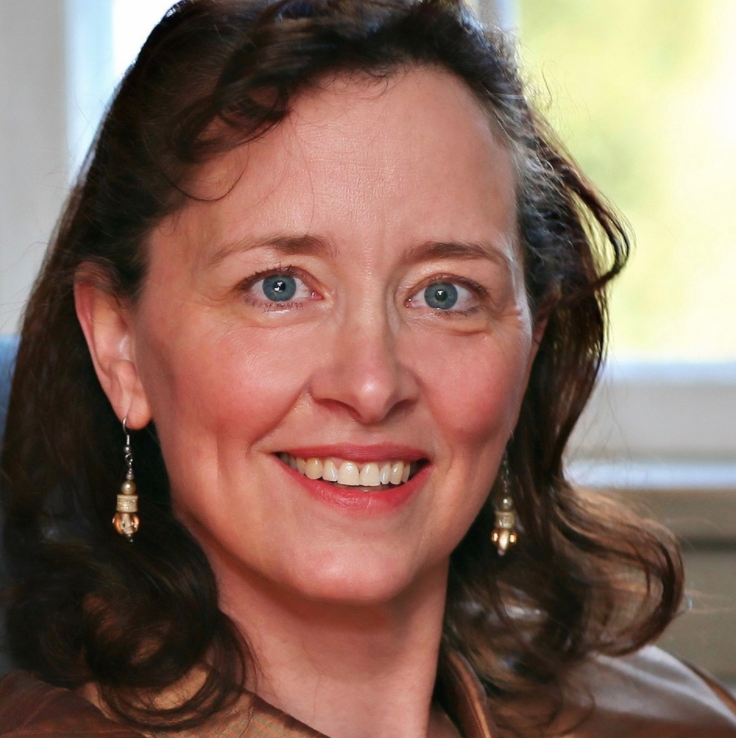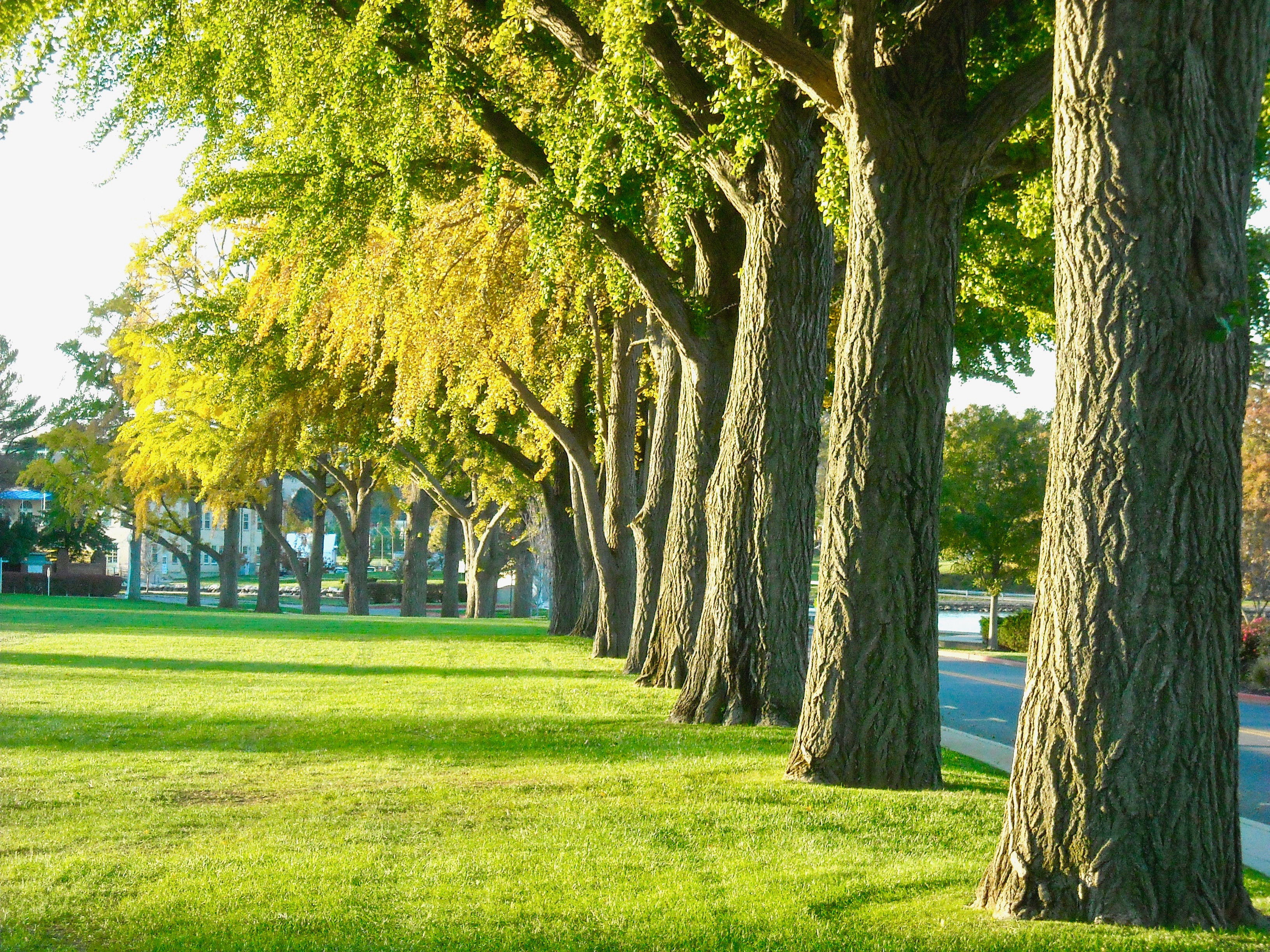If we could see the entire surface of the world at once, we would discover a ball covered in roughly three trillion trees. This tree cover spans over about one third of the planet’s crust. These “superheroes of planet Earth,” as tree advocate Jon Chambers calls them, work on overdrive twenty-four hours a day. They receive no salary or overtime pay. They never complain about their duties. In the last thirty years of relentless climate change, they have proven intrepid “first responders,” natural powerhouses generating oxygen for human lungs, even when humans continue to cause their slow or fast deaths.
Without grumbling, they support the physiological systems of billions of plants and animals. They stabilize our earth’s diverse ecosystems as guardians of soil, rivers, forests, and plains. They are climate change game-changers, cooling the earth’s surface and purifying its atmosphere. For all of this, many of us continue to perceive them as mere ornaments on the landscape.
Trees appeared about 350 million years ago after the “Cambrian explosion” produced the first wave of plant forms on planet earth. This was a momentous occasion in the earth’s 4.7 billion year history, as trees made their debut on the world stage. By the time we humans arrived on the scene, just 200 thousand years ago, trees had been our seniors by more than 349 million years. They continue to hold the distinction of being the longest living largest plant form on earth. Many of us are regularly wowed by them, whether we are walking in the depths of a forest or staring up into the crown of a solitary tree in the neighborhood park.
We have revered them for their prolific food and medicine offerings. We have treasured them as gathering places for our communities. We have mythologized them in literature and romanticized them in song. We have used their wood to build homes and construct sea faring vessels. We have derived fuel and tools from them. We have been so awed by their versatility that societies all over the world have developed a cultural archetype of “the tree of life.”
But in the past century, our millennia-long love affair with trees was severely tested. We mapped out vast logging zones, brought newfangled saws to forests, and mass-manufactured industrial products from them. We eliminated 95 percent of the redwoods, 35 percent of sequoia hardwoods and 20 percent of the rainforest. By 2015, global forest cover fell below four billion hectares (roughly 40 billion acres) for the first time in human history. According to one estimate, 15 billion trees are cut down every year, replaced by only 5 billion.
I only recently began to understand the profound life-and-death relationship we had with trees, the reciprocal life-giving bond that we take for granted.
Simply put, humans and trees are symbiotic — they rely on each other. Humans inhale oxygen generated within trees, and trees inhale carbon dioxide generated by us. With every one of our inhalations, oxygen fuels our cells, and makes us able to think, move, and feel. With every exhalation, we release carbon dioxide for trees — exactly what they need for life itself.
When trees combine this CO2 with water and energy from the sun to make their own food, they produce oxygen as a byproduct, releasing it into the air for us to use. It is a win-win circle of life. But when trees are chopped down, we lose that oxygen source. We also lose carbon dioxide storage in trees. Too much carbon dioxide in the air creates an imbalance that begets higher temperatures, pollution, and climate change. Trees have been called the “lungs of the earth” because they generate roughly 30 percent of our earth’s oxygen.
My own fascination with trees began when I headed down to the Florida’s Everglades on a high school field trip. Once I saw the majestic 150-foot tall cypress trees rising mysteriously out of the wetlands, I was an arborphile for life. My interest never waned. But as a city dweller my tree connections were few and far between. My interest piqued again recently when a tree planting message popped up in my sidebar. I read: “Plant One Tree.”
I clicked on the box. There I discovered the work of Matt Hill, a self-described “chief environmental evangelist” who directs the environmental non-profit One Tree Planted, based in Vermont. Since 2014, Hill and his team have helped to plant trees in North America, Latin America, Africa, and Asia by partnering with reforestation organizations around the world. His team’s formula is simple: a $1 donation will plant one tree. According to Hill’s website, the world’s forest area decreased by 178 million hectares between 1990 and 2020 — an area about the size of Libya. Hill’s staff builds volunteer teams, engages with local communities affected by reforestation, and supports endangered animal habitats as part of its mission. By the start of 2020, they had planted 11 million trees in seventeen countries.
Another global tree leader who is making waves is Jon Chambers, an ex-Fortune 500 advertising company executive. Chambers quit his own company in 2018 when he saw the Amazon forest being destroyed by poachers through his plane window as he flew over Brazil. Chambers founded his organization 8 Billion Trees to combat poaching and reverse tree loss globally. Since its launch in 2018, 8 Billion Trees has planted over one million trees and preserved over 160,000 acres of biodiverse rainforest. Donors commit to a monthly “membership” of $20, which results in monthly plantings of ten trees. At this price, the subscriber becomes “carbon neutral,” canceling out his own carbon footprint.
Christian Kroll, another global tree steward to watch, uses a different approach for supporting trees. Kroll, a Berlin-based social entrepreneur, created the search engine Ecosia as an alternative to Google. Ecosia provides a barter-like exchange: once you click on Ecosia for your next search, the company commits to planting a tree. Ecosia has planted over 100 million trees in sixteen countries since 2009. Kroll hopes to use this as a way to restore trees in biodiversity hotspots, areas which hold particularly high numbers of unique biological species.
These three tree leaders, and others like them, know the challenges they face. New trees don’t offer the same biodiversity as the long-lived trees they replace, so existing forests must also be preserved. Saplings planted in deforested areas may initially take to the soil, but could die without consistent follow-up. And while planting new trees deserves our collective support, so does supporting another endangered source of the world’s oxygen – the oceans’ marine plants which collectively provide a whopping 70 percent of the earth’s oxygen, while storing much of its carbon. If fossil fuel emissions are not reduced, reforestation also cannot have its intended impact.
All of these mavericks share one thing in common: they hope to outpace their competitors in tree destruction, and rebuild forests lost to mega-logging, mega-fires, mega-erosion, mega-drought, and mega-floods. They have taken their message to the world, and they are finding converts — like me.
This morning as I watched the news, I felt the wind taken out of me again. Then an unexpected message arrived in my inbox. “Is the news leaving you depressed?” it asked. “Let us plant a free tree for you today.” It was Matt Hill and his team writing from One Tree Planted.
It was an offer I couldn’t refuse. I clicked on the box. I signed up to plant one free tree. Then I was offered the option to buy just one more tree for $1. I bought that one tree. At that price, I thought, I could buy three more trees for just three more dollars, for a total of four trees, to represent each member of my family. I paid four dollars for four trees, then added the free tree, for a grand total of five.
I was now on the way to planting five trees without even leaving my chair. The next day a second email arrived. It sure beat the daily news. It contained my own “Tree Certificate,” citing me as a “distinguished” tree patron. I laughed out loud, printed it, and set it on my kitchen counter. I will leave it there to remind me every morning that I did some small part to support life on earth and reverse some of the damage we have done. I will leave it there to remind me that if we put our minds to it, we can celebrate small victories every day, even against the greatest odds. I will leave it there so the next time I need a lift from the morning news, I will know that five trees are growing somewhere to give us all oxygen and hope. On that morning, I may just buy another tree – or maybe two, or five. Come to think of it, I’ll be creating good news at the click of a button.


